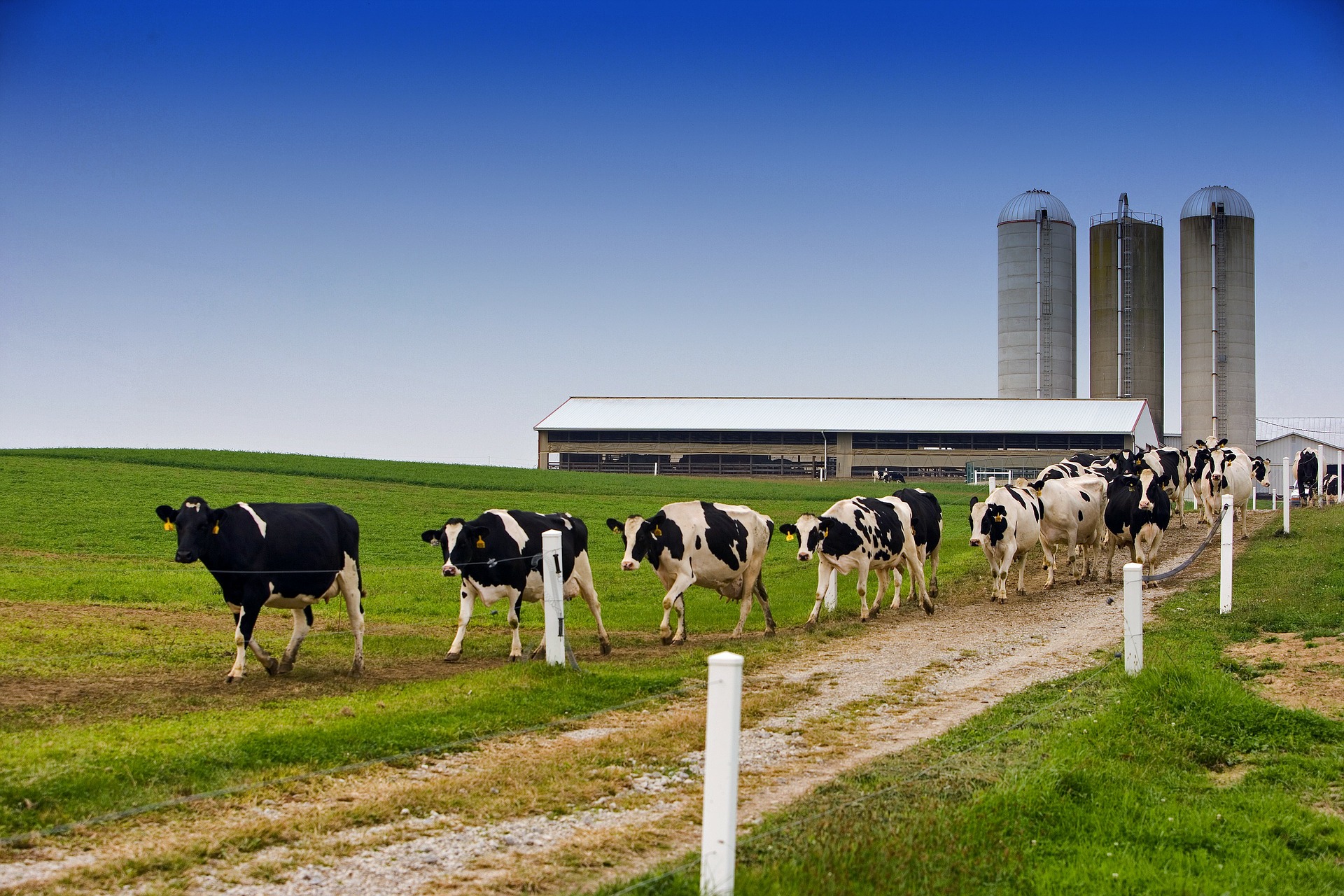Dairy Industry & Safety
For many years, the United States dairy industry, working with various regulatory authorities, has developed an effective system to ensure the safety of milk and milk products. Implementation of the system has resulted in an abundance of dairy products that are superior to those found in any other country.

Public confidence in the industry is reinforced by the stringent health standards under which milk and dairy products are produced, as well as the care taken to preserve the highest quality of these products.
The standards for milk safety and freshness are assured by:
Dairy Farmer - checks cow health
Veterinarian - vaccinates for diseases and checks herd health
Milk Hauler - checks milk for quality and flavor
Milk Processor - checks quality and milk components
Animal Health Commission - checks health of animals
State Health Department - checks milk quality and sanitation
U.S. Department of Agriculture-Food and Drug Division - checks for drug residues.
Milk is a very safe product and ranks high in quality and freshness. Read on to learn about dairy safety at the farm and at the plant.
Milk and dairy products such as cheese are among the safest foods. Many states report no food-borne disease outbreaks originating from milk and milk products for long periods of time and the number of these outbreaks for the entire country is very low.
It all begins on our nation’s dairy farms. Dairy farmers provide extra care for their dairy animals. Starting with the baby calves, a regular program of animal health helps assure production of quality milk. Farmers depend on their cows’ ability to produce milk, and they learned years ago that healthy cows produce larger volumes of high quality milk. Today, modern dairy farms have replaced old ways of milking; each cow’s udder is thoroughly washed and cleaned. Sanitized equipment is used to collect the milk from cows. The milk then goes through clean pipelines to a refrigerated storage tank where it is immediately cooled to about 36 degrees. Farmers know that cooling milk quickly to this temperature protects its quality and flavor. When the milk truck arrives at the farm, the driver checks the milk’s temperature, flavor, and odor. Only milk that meets certain standards is placed on the tanker for delivery to a processor. Also, a sample of each farm’s milk is taken for extensive laboratory testing.
When the tanker arrives at the milk processing plant, another sample is taken and additional tests are performed before the milk is pumped into the processing plant. Milk that fails to meet the standard for purity and safety is rejected. Throughout the processing plant, milk products are handled according to strict sanitary standards. Laboratory tests are performed periodically during each stage of processing.

